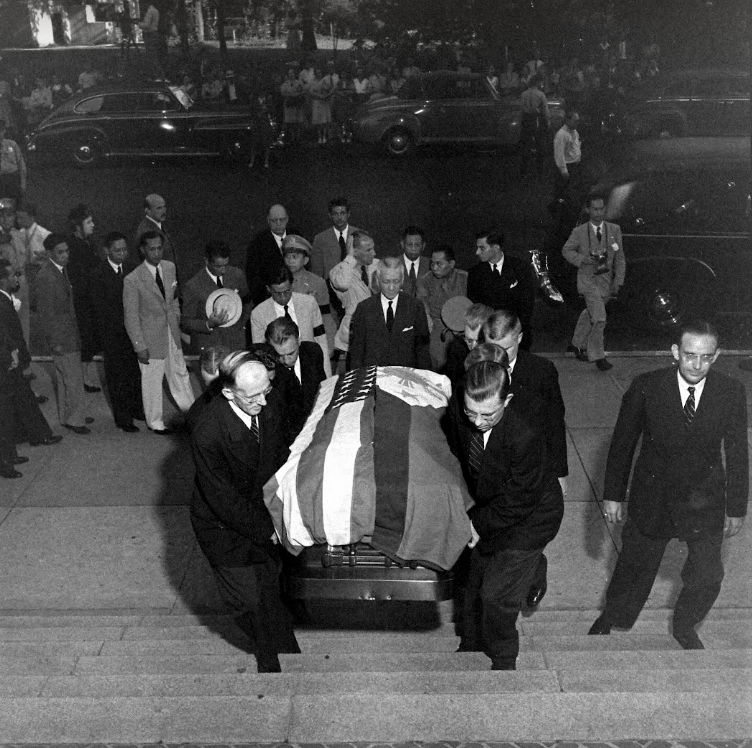
#TodayinHistory in 1834, due to financial losses, by royal decree, the Real Compañia de Filipinas was abolished, with the Spanish administration finally opening its farthest colony, the Philippines, to world trade. THREAD. #PH #history 

With the lucrative Manila-Acapulco Galleon trade for almost 250 years, much of the agricultural & industrial potential of #PH was neglected, as Spain focused on profit thru the galleons. This also bred smuggling & corruption among the merchant class.
https://twitter.com/indiohistorian/status/1437746105337344006
The Spanish aversion to agricultural/mechanical work was an opportunity taken on by migrant Chinese. This neglect came w/ unintended positive consequence: it saved Filipinos from the exploitation of colonial plantation system & slavery rampant in other Spanish colonies.
During the Galleon trade's waning years, the Real Compañia de Filipinas, a state company founded in 1785, had sole monopoly on trade in #PH & directed exploitation of #PH natural resources, promising economic efficiency in connecting Spain directly to its farthest colony.
In early 19th century, fierce competition in European commerce, the after-effects of Napoleonic wars, the chaos in the Spanish cortes, and the independence of South American republics from Spain put the Real Compañia in peril, garnering increasing losses. 

At the same time, liberal ideas were springing forth in Spain, such as equality, rights, representative government, etc. These, among a host of other things, was a shake up of Spain's economic system. The Compañia proved unsustainable.
https://twitter.com/indiohistorian/status/1328683103489982465
As such, a royal decree was issued abolishing the Real Compañia in 1834 in favor of opening #Manila to world trade. Soon after, provincial ports would also be opened in 1855, attracting new players in #PH economy, new business ventures, & new ideas like equality & reform.
https://twitter.com/indiohistorian/status/1460940688967680000
Photos:
- A deed released for Maria Ygnacia Albarez de Toledo, 15 July 1785 (src unknown)
- "Junta de Filipinas" (1815) by F. Goya, depicted the sudden attendance of Ferdinand VII in the shareholders' meeting. His return to the throne marked a restoration of autocracy in 🇪🇸.
- A deed released for Maria Ygnacia Albarez de Toledo, 15 July 1785 (src unknown)
- "Junta de Filipinas" (1815) by F. Goya, depicted the sudden attendance of Ferdinand VII in the shareholders' meeting. His return to the throne marked a restoration of autocracy in 🇪🇸.
• • •
Missing some Tweet in this thread? You can try to
force a refresh












